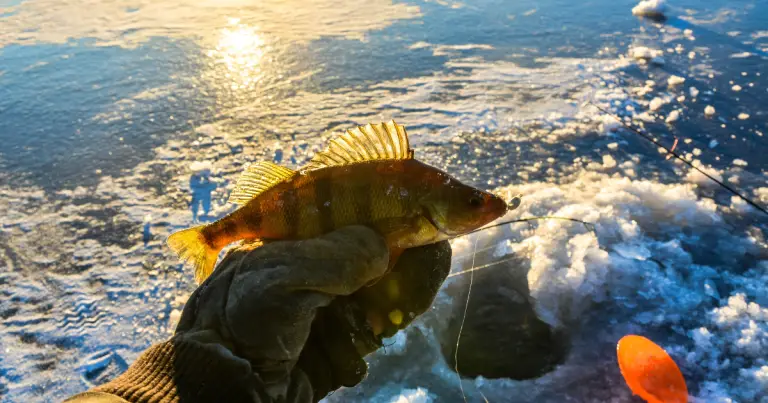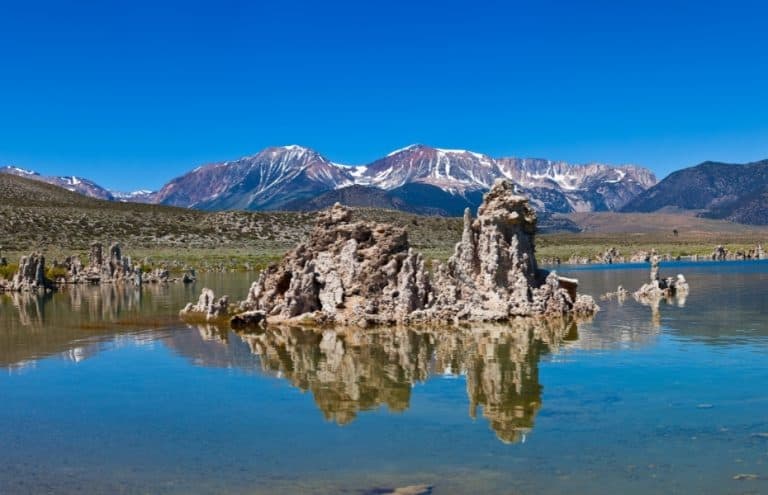This post contains affiliate links. If you click and purchase, we may earn a small referral fee at no extra cost to you. Read our full disclosure.
During the 19th century, Lake Rotomahana’s famous Pink and White Terraces were described as the Eighth Wonder of the World.
The terraces were New Zealand’s most famous attraction for intrepid tourists, until the massive volcanic eruption of Mount Tarawera on June 10, 1886 destroyed them and buried two villages. Their photographs, postcards, and paintings are all that remain to remind us of the splendor of these natural masterpieces.
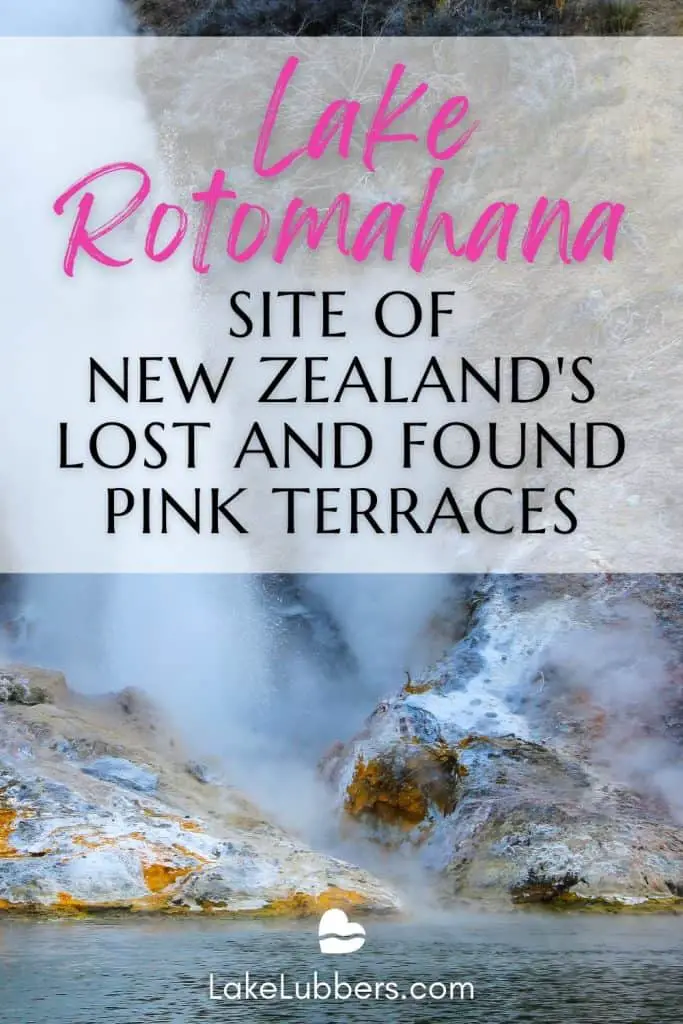
The geothermal Pink and White Terraces formed over thousands of years by two geysers spouting above Lake Rotomahana. The geysers’ waters were laced with silica that cascaded down the hillside, forming pink and white terraces with pools of water at the bottom.
Portions of the famed Pink Terraces have been discovered by an international team of researchers using autonomous underwater vehicles (AUVs) to map the lake’s bottom.
Covered by sediment, pink crescent-shaped structures lie under 200 feet (60 meters) of water where the Pink Terraces were located. In the words of one researcher: “For New Zealanders, this is the equivalent to finding the Titanic.”
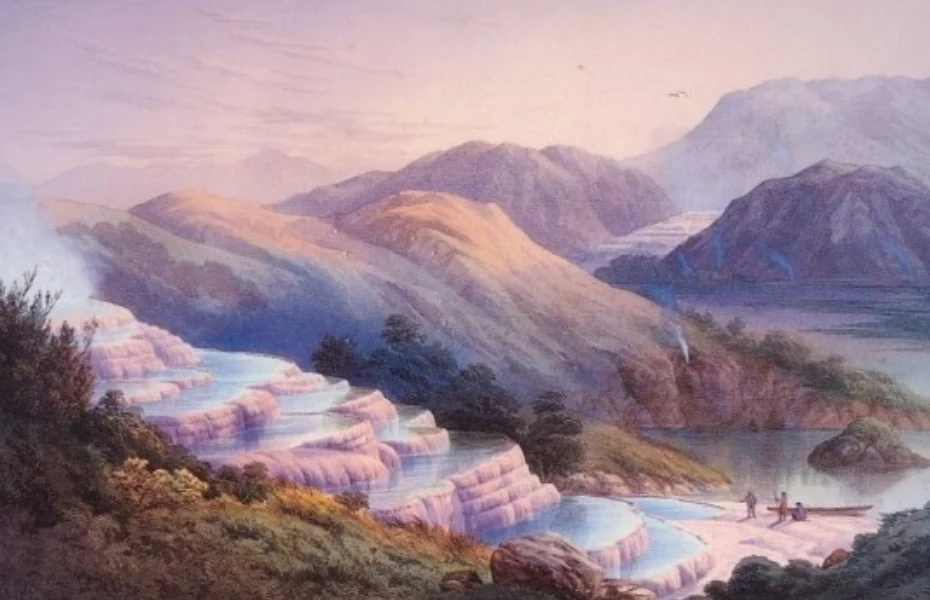
Scientists found no evidence of the White Terraces at their location prior to 1886. The discovery has been emotional for Maori whose ancestors were buried in the eruption. The images also revealed a massive geothermal system with underwater vents, raising the possibility of power generation in the future.
Lake Rotomahana is one of 16 Rotorua Lakes in the Lake District of New Zealand’s North Island, all of which are volcanic in origin. With active geothermal fields, it’s no wonder that Rotomahana means “warm lake.”
What’s the best way to see Lake Rotomahana?
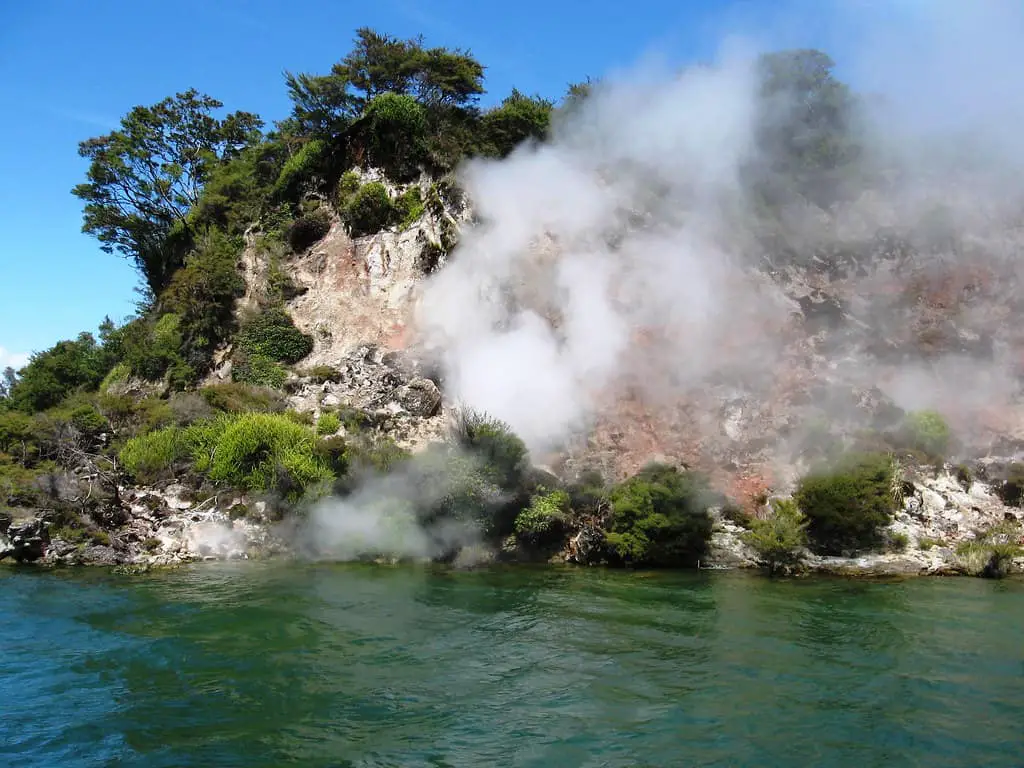
The best way to appreciate the lake’s beauty and unique ecosystem is by guided boat cruise, which provides the closest encounters with a volcanic crater, hot springs, geysers, fumeroles, and steaming cliffs.
Lake Rotomahana also boasts having the “purest strain of rainbow trout in the world.” The lake has been protected from development, so it will remain a natural wilderness and wildlife refuge where both native and exotic birds live year round.
Today’s tourists can visit a smaller version of the Pink and White Terraces, approximately 60 miles south of Lake Rotomahana near Lake Taupo.
The original Wairakei Terraces and geysers disappeared with the construction of the Wairakei Geothermal Power Plant in the 1950s. A cooperative effort between Contact Energy and local Maori re-created the terraces with a man-made geyser originating at the Wairakei geothermal power plant.
Hot silica-enriched waters channeled over man-made foundations created new silica terraces. Although helped by human intervention, Mother Nature is perfecting cascading terraces in dramatic pinks, whites, and blues.
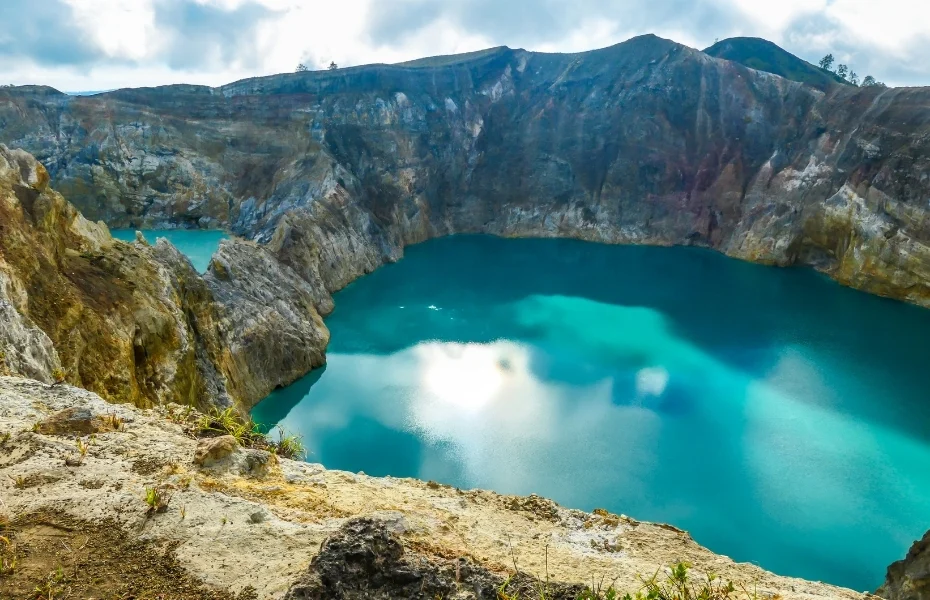
5 Crater Lakes That Will Take Your Breath Away
What are the origins of volcanic lakes? Lakes sometimes form in a crater left after an explosive volcanic event. Sometimes they form from the collapse of a volcano’s cone; these lakes are…

